Renault Kwid [2015-2019] RXT Opt [2015-2019]
- Kwid [2015-2019]
- 360° View
- Specs & Features
- Variants
- Colours
- User Reviews
Variant
Renault Kwid [2015-2019] RXT Opt [2015-2019] Review
For potential buyers who love the way the Kwid looks but were put off by the underwhelming 799cc engine, Renault has just introduced the much awaited 1.0litre version of the car. The significant bump in power and torque figures promises to give this Renault hatch some extra oomph especially for highway use. So has the heart transplant made the Kwid significantly better? We flew to Chennai to find answers.
What is it?
How is it on the inside?
How does it drive?
Should I buy one?
Where does it fit in?
Specifications & Features
- Specifications
- Features
- Specifications
- Features
Specifications
Engine & Transmission
Engine799 cc, 3 Cylinders Inline, 4 Valves/Cylinder, DOHCEngine Type0.8LFuel TypePetrolMax Power (bhp@rpm)53 bhp @ 5678 rpmMax Torque (Nm@rpm)72 Nm @ 4386 rpmMileage (ARAI)25.17 kmplDrivetrainFWDTransmissionManual - 5 GearsValve/Cylinder (Configuration)4, DOHCDimensions & Weight
Length3679 mmWidth1579 mmHeight1478 mmWheelbase2422 mmGround Clearance180 mmCapacity
Suspensions, Brakes, Steering & Tyres
Features
Exterior
Braking & Traction
Safety
Comfort & Convenience
Lighting
Locks & Security
Doors, Windows, Mirrors & Wipers
Entertainment, Information & Communication
Mobile App Features
Storage
Airbags
Seats & Upholstery
Instrumentation
Manufacturer Warranty
Other Kwid [2015-2019] Variants
| Variants | Price | Specifications | |
|---|---|---|---|
Rs. 3.94 Lakh | 5 Person, FWD, 72 Nm, 180 mm, 300 litres, 5 Gears, 0.8L, No, 28 litres, No, Front & Rear, 3679 mm, 1579 mm, 1478 mm, 2422 mm, 72 Nm @ 4386 rpm, 53 bhp @ 5678 rpm, Remote, Yes (Manual), Front Only, 1, Reverse Camera, No, No, No, Yes, 0, 5 Doors, 25.17 kmpl, Petrol, Manual, 53 bhp | Get Offers from Dealers |
Similar Cars
Explore Used Renault Kwid
Colors
Reviews
- (44 Ratings) 44 Reviews
3.8/5
- Third class body very badThe body of kwid is very bad .its like a paper body. And when 4 people sit inside the car and turn ac on then its engine becomes very slow and also pick up. The body is of low quality and i will give only zero start on safety . The mileage in the city is not good . Ac is ok only .not good in summer . .Rating parameters(out of 5)5
Exterior
2Comfort
1Performance
3Fuel Economy
1Value For Money
About the ReviewerPurchase NewDriven forFew thousand kilometersWas this review helpful?22 - Renault Kwid reviewThe buying experience was good as I got the car delivered in 2 days time after making complete payment. The riding experience was wonderful for 800 CC vehicle. I have driven my car about 70k kms. It was very comfortable to drive. Consumption was great and it gives me 22kmpl. Maintenance costs is on the higher side for a small segment vehicle. Each time service costs comes up around 7 to 8k. PROS: Good ground clearance and boot space. Good driving comfort. Good mileage if driven properly. AC effect was wonderful. Touch screen and the digital speedometer is good. CONS: Pick up lag because of less cc. The maintenance cost on the higher side. Less resale value in general for Renault. No power windows on the rear.Rating parameters(out of 5)5
Exterior
4Comfort
5Performance
4Fuel Economy
4Value For Money
About the ReviewerPurchase NewDriven forIts my mate since agesWas this review helpful?10 - poor batteryI purchased Renault kwid 1.0 Rxt opt the last yeat...now its driven 28000kms.....16 months running....i got disappointed of car amaron battery.....battery quality is very bad. now I am facing of battery problem within a year...Rating parameters(out of 5)3
Exterior
4Comfort
2Performance
3Fuel Economy
3Value For Money
About the ReviewerPurchase NewDriven forFew thousand kilometersWas this review helpful?31
- Home
- Renault Cars
- Kwid [2015-2019]
- RXT Opt [2015-2019]

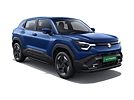
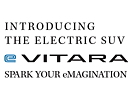

![Renault Kwid [2015-2019] RXT Opt [2015-2019] Renault Kwid [2015-2019] RXT Opt [2015-2019]](https://imgd.aeplcdn.com/664x374/cw/specialVersions/4309.jpg?v=20180802032753&q=80)
![Renault Kwid [2015-2019] Right Front Three Quarter Renault Kwid [2015-2019] Right Front Three Quarter](https://imgd.aeplcdn.com/664x374/cw/ec/18713/Renault-KWID-Right-Front-Three-Quarter-57948.jpg?v=201711021421&q=80)
![Renault Kwid [2015-2019] Right Front Three Quarter Renault Kwid [2015-2019] Right Front Three Quarter](https://imgd.aeplcdn.com/664x374/cw/ec/18713/Renault-Kwid-Right-Front-Three-Quarter-105577.jpg?v=201711021421&q=80)

![Renault Kwid [2015-2019] Right Rear Three Quarter Renault Kwid [2015-2019] Right Rear Three Quarter](https://imgd.aeplcdn.com/664x374/ec/B5/6E/18713/img/ol/Renault-KWID-Right-Rear-Three-Quarter-51787.jpg?v=201711021421&q=80)
![Renault Kwid [2015-2019] Right Rear Three Quarter Renault Kwid [2015-2019] Right Rear Three Quarter](https://imgd.aeplcdn.com/664x374/cw/ec/18713/Renault-Kwid-Right-Rear-Three-Quarter-105575.jpg?v=201711021421&q=80)
![Renault Kwid [2015-2019] Rear View Renault Kwid [2015-2019] Rear View](https://imgd.aeplcdn.com/664x374/cw/ec/18713/Renault-Kwid-Rear-view-58906.jpg?v=201711021421&q=80)


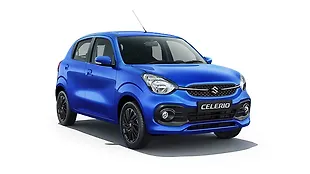

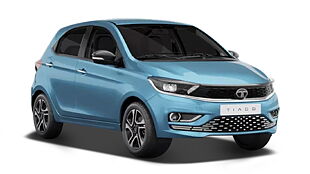
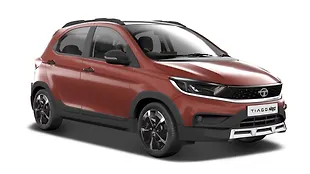
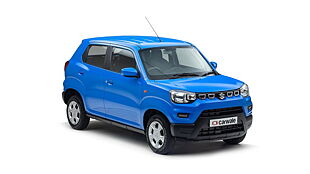

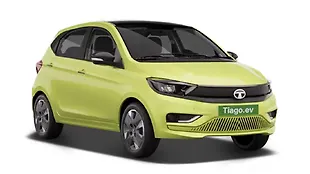





![Second hand Renault Kwid RXT [2015-2019] Second hand Renault Kwid RXT [2015-2019]](https://imgd.aeplcdn.com/310x174/vimages/202501/3793330_149240_1_1736925695794.jpg?q=80)
![Second hand Renault Kwid 1.0 RXT Opt [2016-2019] Second hand Renault Kwid 1.0 RXT Opt [2016-2019]](https://imgd.aeplcdn.com/310x174/vimages/202501/3797760_10884_1_1737135108897.jpg?q=80)
![Second hand Renault Kwid 1.0 RXT AMT Opt [2016-2019] Second hand Renault Kwid 1.0 RXT AMT Opt [2016-2019]](https://imgd.aeplcdn.com/310x174/cw/ucp/stockApiImg/DCZCM42_lz0imtm3_1_49428282.jpg?q=80)
![Second hand Renault Kwid RXT [2015-2019] Second hand Renault Kwid RXT [2015-2019]](https://imgd.aeplcdn.com/310x174/vimages/202501/3784593_140568_1_1736424967800.jpg?q=80)
![Second hand Renault Kwid 1.0 RXT [2016-2019] Second hand Renault Kwid 1.0 RXT [2016-2019]](https://imgd.aeplcdn.com/310x174/vimages/202501/3790505_35000_1_1736752893933.jpg?q=80)